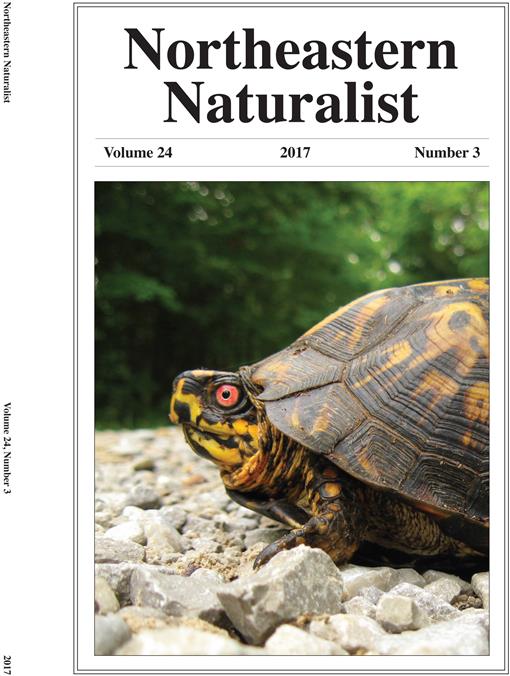Our objective was to determine whether changes in populations of forest-interior bird species were related to changes in extent of interior forest along Breeding Bird Survey (BBS) census routes in Massachusetts. We first identified a suite of 28 forest-interior bird species (FIA species), based on correlations between bird abundance (in 2003–2007) and extent of interior forest (in 2005) along BBS routes. From this group, we eliminated 13 species whose breeding habitats were described in the literature as including forest edge or second growth, resulting in a more stringently defined subset of 15 (FIB) species. We quantified the extent of forest and interior forest (>100 m from a forest edge) along BBS routes based on digitized aerial photographs from 1971, 1985, and 1999. We also quantified changes in abundance of the 28 forest bird species along BBS survey routes over the same time period. Overall, changes in abundance of FIB species paralleled changes in extent of interior forest, with 13 of 15 species showing positive correlations, 5 of which were significant. However, substantial variation occurred among species, including conspicuous declines in Hylocichla mustelina (Wood Thrush) and Piranga olivacea (Scarlet Tanager) and conspicuous increases in Vireo solitarius (Blue-headed Vireo) and Setophaga coronata (Yellow-rumped Warbler). Changes were not significantly related to either migratory status (Neotropical vs. other) or nest location (ground vs. arboreal). Several differences could be attributed to species-specific factors, such as reintroductions of Meleagris gallopavo (Wild Turkey) and Corvus corax (Common Raven) or introduction of competitors, such as Haemorhous mexicanus (House Finch) impacting Haemorhous purpureus (Purple Finch). Changes in some bird populations seem to reflect forest succession, e.g., Hylatomus pileatus (Pileated Woodpecker), while others are unexplained and may be due to changes on migratory routes or wintering grounds. Overall, loss of interior forest is an important incremental factor in forest bird population declines, although other factors had a greater impact in the period under study.
How to translate text using browser tools
1 September 2017
Forest Bird Populations in Massachusetts: Breeding Habitat Loss and Other Influences
Timothy J. Gardner,
Caroline R. Eagan,
Robert I. Bertin
ACCESS THE FULL ARTICLE

Northeastern Naturalist
Vol. 24 • No. 3
September 2017
Vol. 24 • No. 3
September 2017




